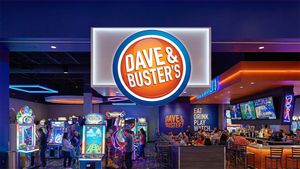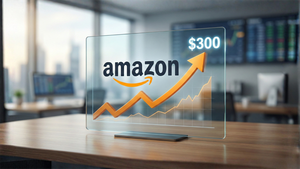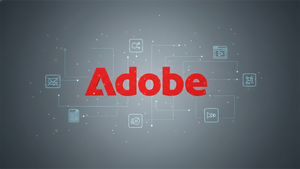Global Aerospace's Annual Jetstream Publication Offers Insights on Climate Change, Severe Weather Events and Aviation

Climate Change, Severe Weather Events and Aviation
Nobody enjoys turbulence. Flight crews would prefer to avoid it, and passengers find it unnerving. Even seasoned travelers can become uneasy when a disturbance is particularly intense or prolonged.
Unfortunately, new research confirms that predictions that climate change will lead to increased turbulence are coming true. A recent study led by Professor Paul Williams and Dr. Mark Prosser of University of Reading (whose work informed this article) showed a significant increase in severe turbulence over major flight routes in the past four decades, a trend directly linked to the warming of our planet.
An Especially Concerning Condition: Clear-Air Turbulence
Clear-air turbulence is a type of rough air that is particularly alarming to passengers and poses a significant injury risk. This invisible form is currently impossible to detect with onboard radar and difficult to forecast.

Supercomputer simulation of the future atmosphere when there’s more CO2 in the air. The graphic shows patches of turbulence in red.
Unlike the turbulence caused by storms, clear-air turbulence is related to wind shear, which is the variation of wind speed and direction with altitude. These wind shear conditions are concentrated in jet streams, the fast-flowing air currents high in the atmosphere.
How is climate change contributing to more turbulence? “Essentially, global warming is creating larger temperature differences in the atmosphere,” says Williams, a professor of atmospheric science. “Those differences intensify wind shear in jet streams, leading to more frequent and intense clear-air turbulence.”
Wind shear has increased by 15% at cruising altitudes since satellites started observing it in 1979. Experts predict additional increases of 17% to 29% by 2100.

Bracing for a Bumpier Future
The turbulence trend paints a worrying picture for aviation stakeholders. Since 1979, severe clear-air turbulence has increased by 55% over the North Atlantic and 41% over the U.S.
Similar increases have been observed over Europe, the Middle East and the South Atlantic, and it seems conditions are only going to get worse. Projections suggest that turbulence strong enough to cause injury could double or even triple in frequency by the end of the century.
What Can Be Done?
The aviation industry is working to understand and mitigate the risks. “Improved turbulence forecasting helps pilots navigate around rough air,” Williams says. “And ongoing research into new technologies might one day enable real-time detection of clear-air turbulence from the cockpit.”
But for now, the best advice for passengers is simple: Stay in your seat as much as possible, and keep your seatbelt fastened. This small action can make a big difference in the event of unexpected turbulence.

Other Challenges of Flying in a Changing Climate
Climate change is affecting air travel beyond the increased frequency and intensity of turbulence. Anyone who flies frequently is likely to experience more flight delays, rerouting and other inconveniences due to severe weather flaring up along flight paths and near airports.
However, while air travel may be changing, it’s important to keep things in perspective. Severe turbulence causing injuries is still uncommon, and the aviation industry is continually evolving to improve safety and passenger comfort. By staying informed and taking simple precautions, we can all navigate the challenges of flying in a changing climate.
Read Full Jetstream Publication
About Global Aerospace
Global Aerospace has a century of experience and powerful passion for providing aviation insurance solutions that protect industry stakeholders and empower the industry to thrive. With financial stability from a pool of the world’s foremost capital, we leverage innovative ideas, advanced technology and a powerful synergy among diverse team members to underwrite and process claims for the many risks our clients face. Headquartered in the UK, we have offices in Canada, France, Germany and throughout the United States. Learn more at https://www.global-aero.com/
Global Aerospace Media Contact
Suzanne Keneally
Vice President, Group Head of Communications
+1 973-490-8588
Source: Prodigy.press
Release ID: 1513328
More News
View More




Recent Quotes
View More
Quotes delayed at least 20 minutes.
By accessing this page, you agree to the Privacy Policy and Terms Of Service.